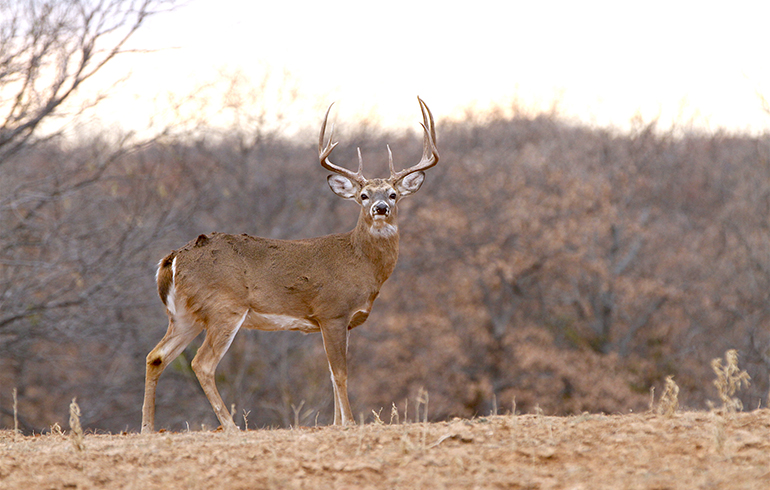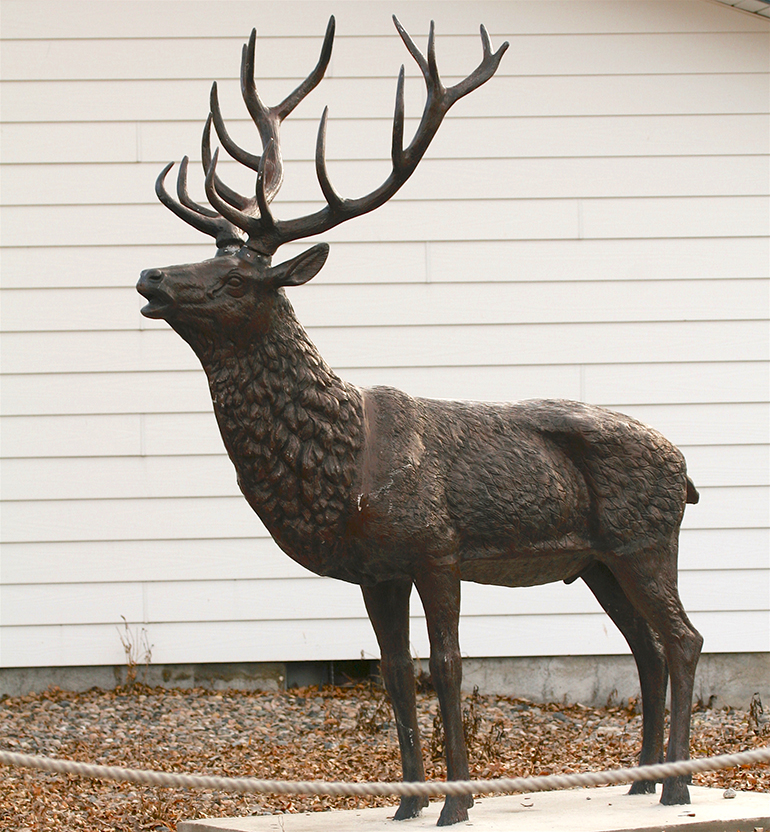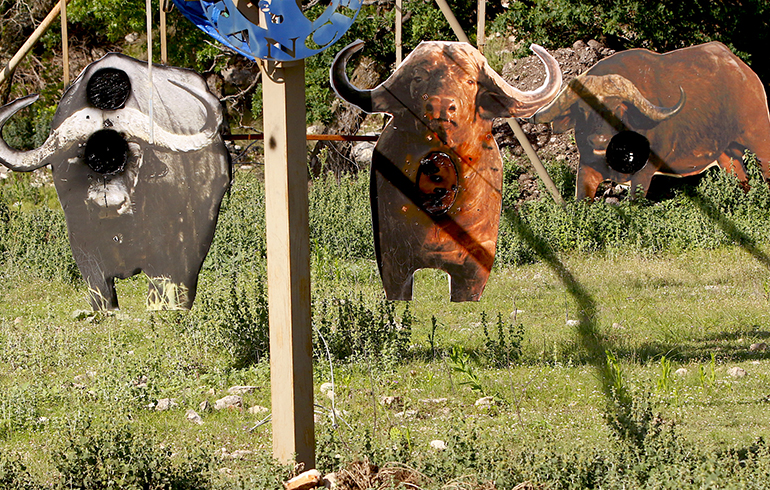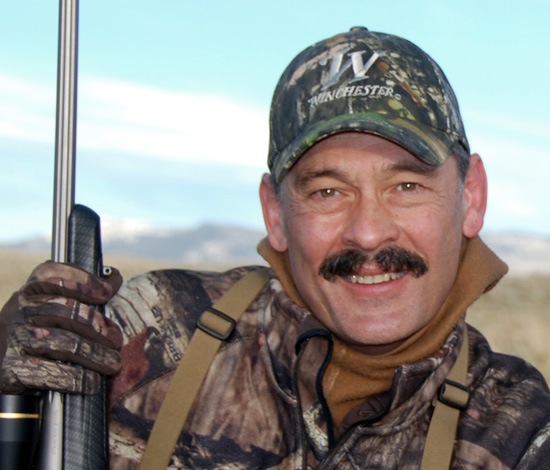Animal Targets Cure Buck Fever
The psychological impact of seeing a deer or elk magnified 4, 6, 10, even 15 times through a telescopic sight can unnerve even the most precise shooter. Can you say buck fever? There’s probably no cure for buck fever, but there are methods for minimizing symptoms.
Veterans of the syndrome recommend all hunters begin their anti-buck fever training as soon as possible. A great way to begin is by working with your rifle until you can operate it with complete function and confidence in the dark. Figure out how you’re going to carry it, get it off your shoulder and into shooting position.

Build the muscle memory of raising it to your face with both eyes open and focused on your target until it appears in the scope. Don’t focus on the scope. Focus on the target. Keeping scope power turned low helps in the beginning because of the wider field of view. You don’t need ammo for this practice. Do it with an empty gun. Remove the bolt for complete safety.

Out on the range, cure any tendencies to flinch by having a companion load or not load the rifle behind your back. You always assume it’s loaded, but sometimes it won’t be, and when it goes click instead of boom, you’ll see and feel yourself flinch. Keep firing that empty rifle until the flinch is gone. Then start slipping live rounds into the routine. Not only will you hit what you aim at, but you’ll realize the recoil didn’t hurt. (Unless you’re shooting a 458 Winchester Magnum. Then all bets are off.)
Practice your unflinching shooting from field positions from different distances until you’re keeping all your shots inside a 10-inch circle. Then you’re ready for the final psychological training — animal targets.
Animal targets can be two or three dimensional. Ideally they should be life size. This really helps you learn how your bullets drop and drift and stay in the kill zone at various distances. Archers do this all the time, so why not rifle shooters? To minimize tearing up foam 3D targets, try FMJ (full metal jacket) bullets. Two dimensional targets are much cheaper, more durable and pretty functional. A life size photo of a big buck cut from its background and glued or stapled to a cardboard backing is pretty effective. You’ll see how large it looks at various scope settings at various downrange distances, and that’s invaluable training, especially if you compare chest to backline size to any stadia lines or bars in your scope. Understanding what these span or subtend at various distances teaches you to use your scope as a fairly effective range finder.
Try to find animal targets without bullseyes or lines superimposed over the vital zone. You want to be looking at natural hide, Nature’s plain brown wrapper. This helps you learn to aim for the vitals as they’ll appear in the real world. Middle of the chest right on or just behind that “shoulder.”

As you shoot, don’t get in a hurry and just blaze away. Call your shots as they break (“I pulled that slightly left and a bit low.”) Then walk over to see the results. This trains you to think clearly and pay complete attention to your entire shot process. Try to watch your bullet impact the target. If recoil is too much to allow that, work on getting the target back in the scope picture as soon as possible. Don’t get in the habit of lifting your head off the stock to gaze at your handiwork. Stay “in the gun,” bolt in another round quickly and smoothly and be prepared for any necessary follow up shots. Follow up shots are rarely necessary to anchor a paper target, but pretend some are from time to time. This trains you to reload, get on target and shoot quickly and confidently.
A final twist you can add to this field shooting fun is to have a friend set up targets in front of safe backstops. He then leads you through your practice field as if you’re hunting deer. Your job is to spot the target, assume the steadiest shooting position you can within a reasonable amount of time, measure or guesstimate the distance, and make your best shot or two.
Practice like this soon gets you used to spotting unexpected deer, sliding into a solid shooting position, and figuring out the range and putting a shot into your target with confidence. Come deer season, you should be in a much more confident state of mind with the skills to resist buck fever.




